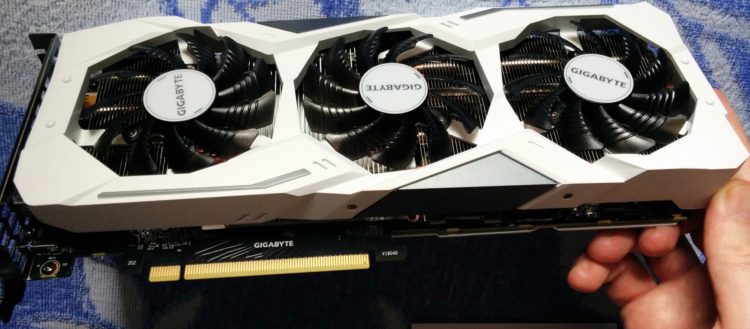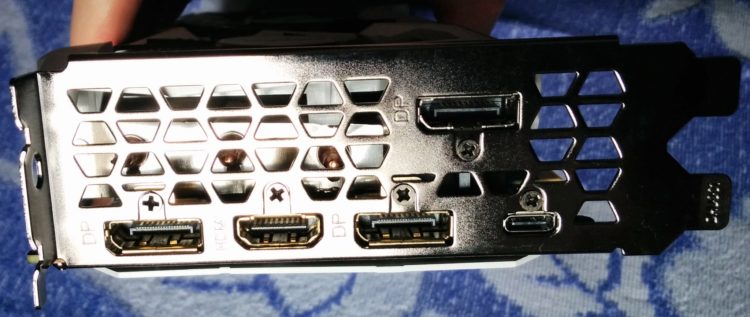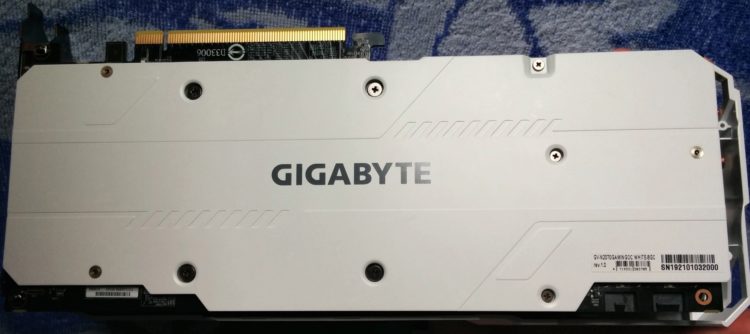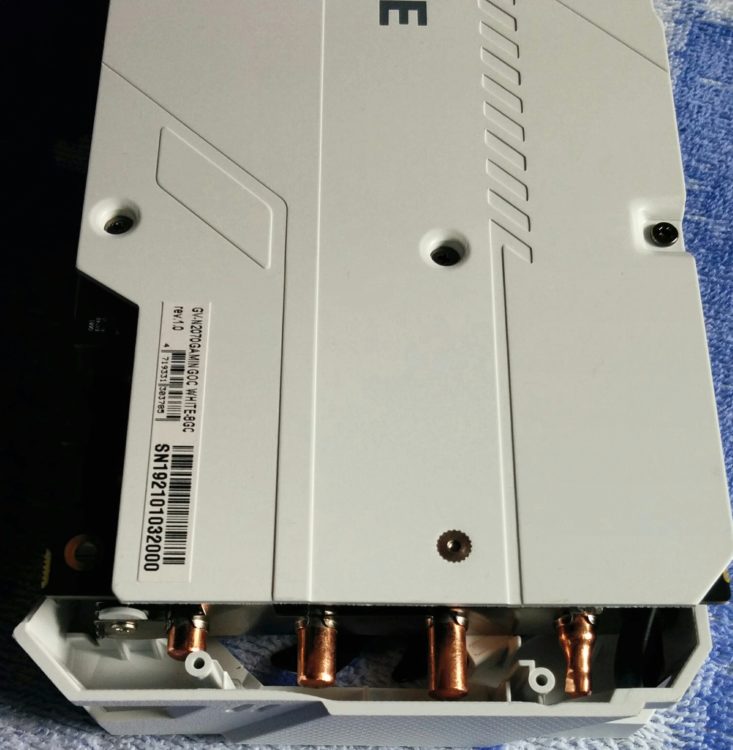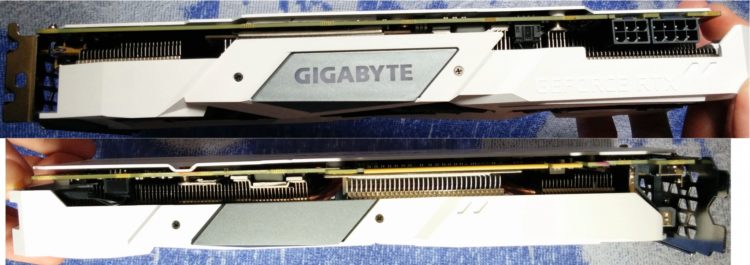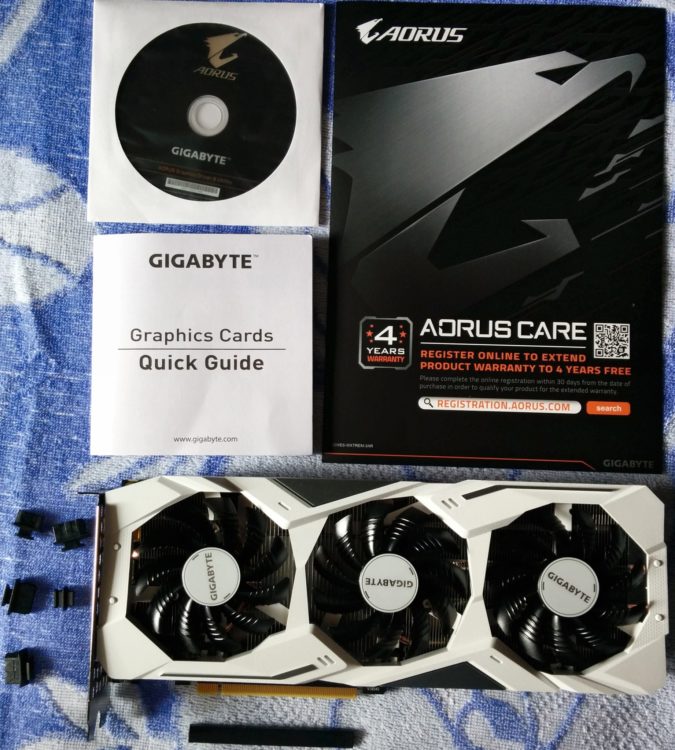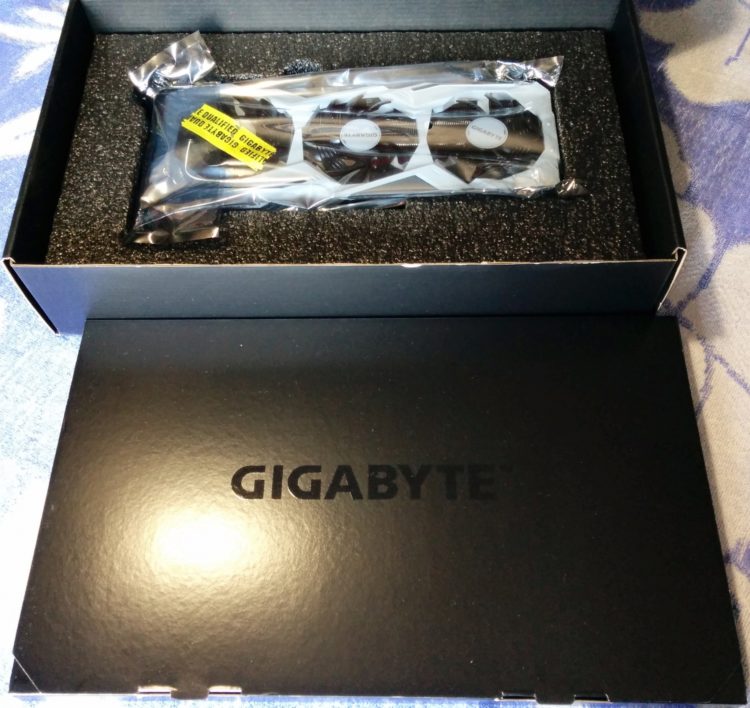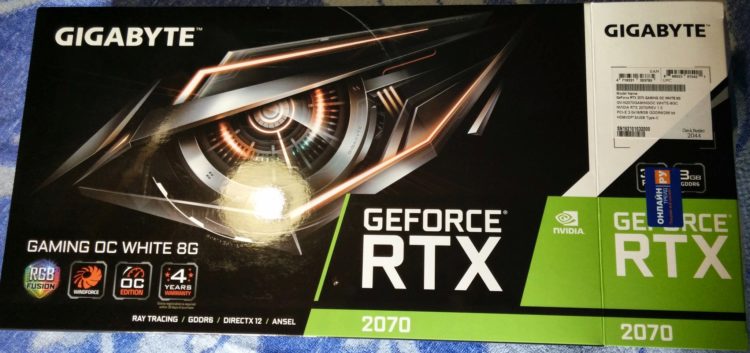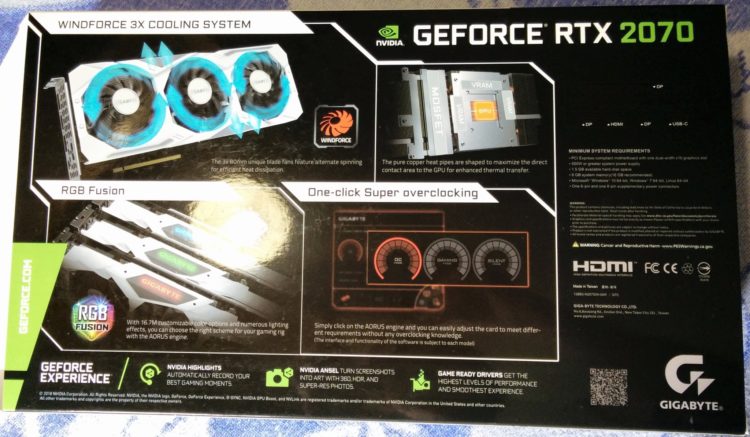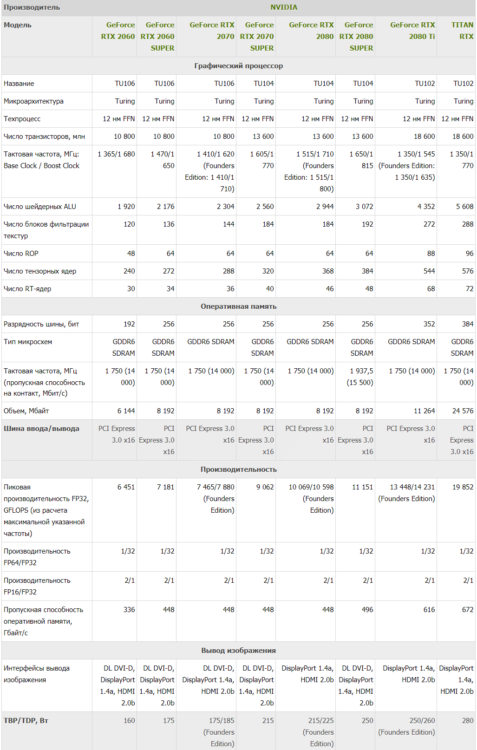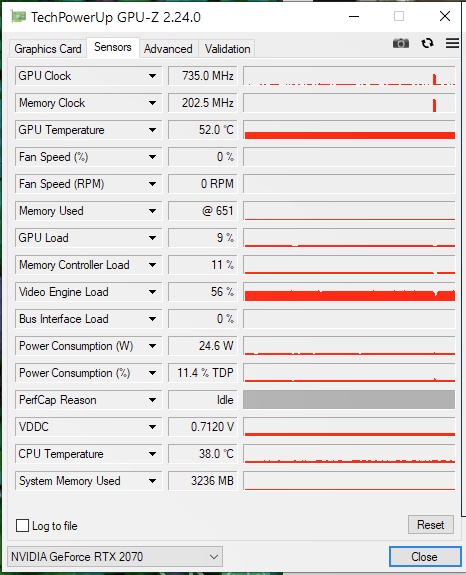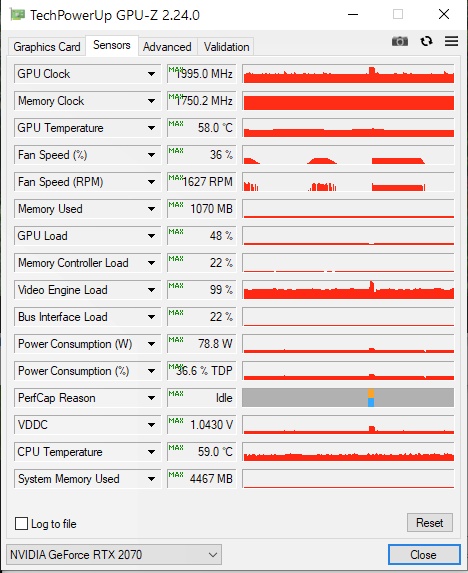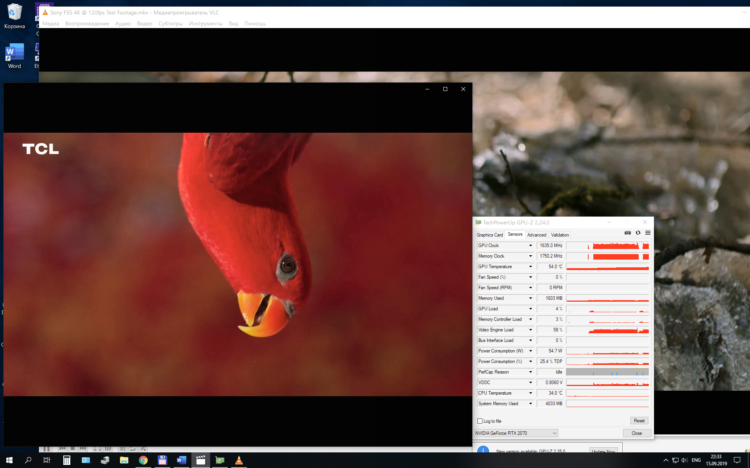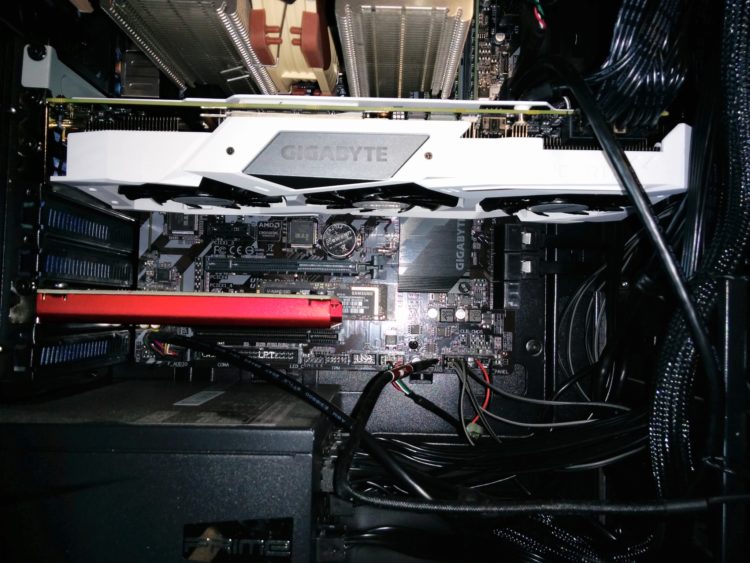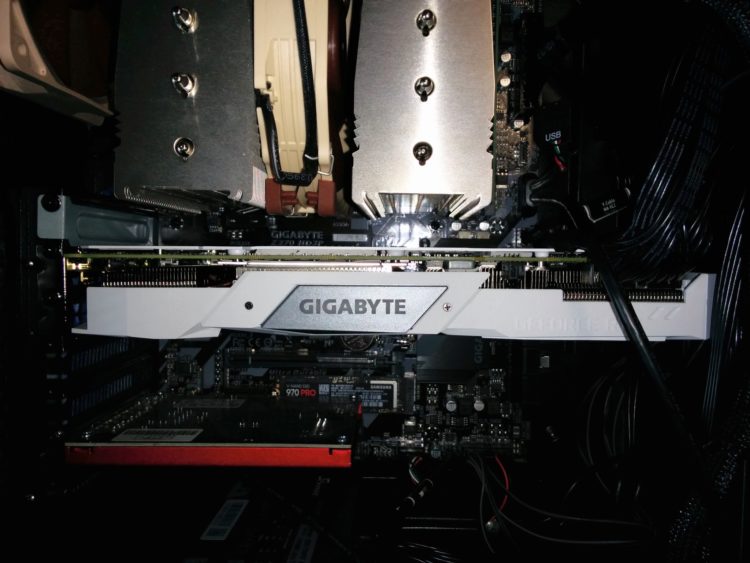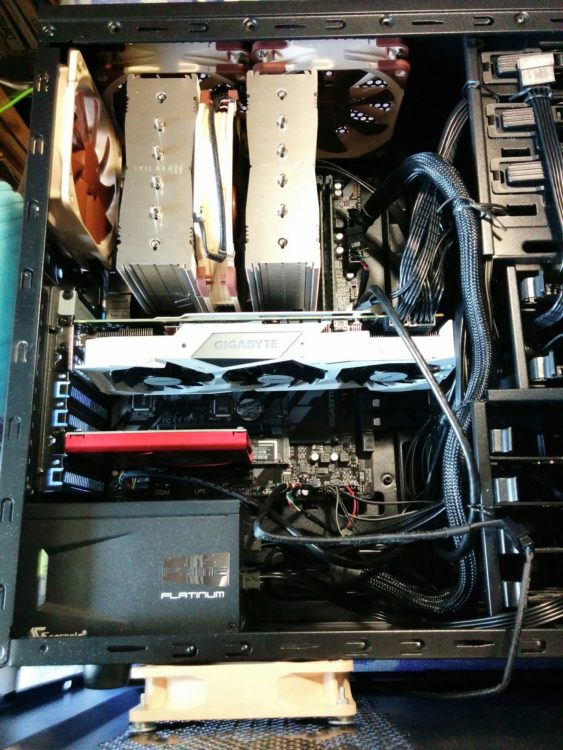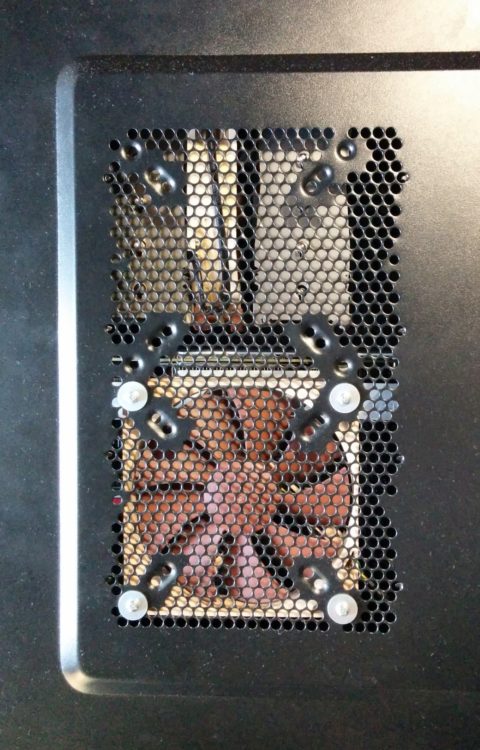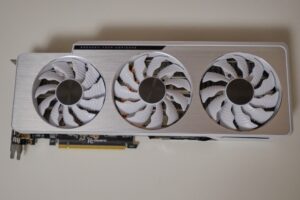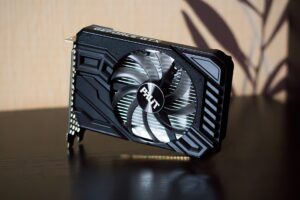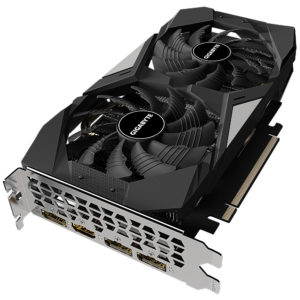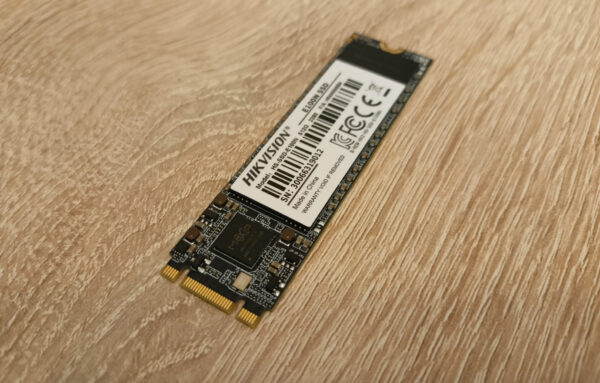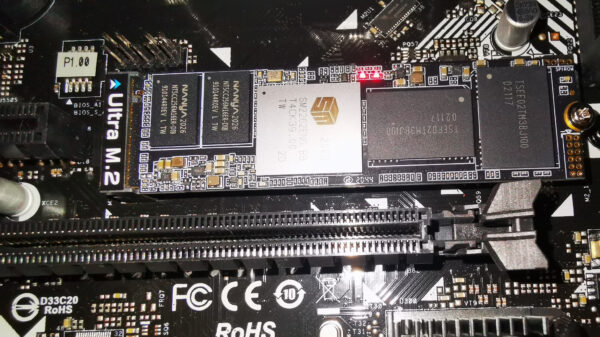Review on GIGABYTE GeForce RTX 2070 8192Mb 1xHDMI, 3xDP, VR-Link (USB C) GAMING OC WHITE
6 min readAt the time of writing the review (this is the beginning of September 2019), the technology for hardware support for real-time ray tracing (“on the fly”), – RTX, is still in its infancy. DirectX Raytracing (DXR) games: Battlefield V, Metro Exodus, Shadow of the Tomb Raider, Quake II RTX – that’s all there is now (not counting the updated Minecraft). We’ll have to wait a bit while the developers master new rendering tools, but not for so long. Recently released the game Control. Control embodies the best that ray tracing can do today. All DXR games available today use ray tracing to render one or two key image components — reflections, shadows, or global lighting. Video cards support tracing in one form or another: on hardware RT-units in the GeForce RTX series or software on NVIDIA accelerators, from the GeForce GTX 1060 (6 GB) to the GeForce GTX 1080 Ti (11 GB) and higher (the 20 series, including the 16th). If you enable DXR in the game Control, with the maximum graphics settings selected, then only RTX2080, 2080 Super and 2080 Ti provide a high frame rate (over 60 frames / second) in 1080p and (about 60 frames / second) 1440p, and RTX 2070 in 1080p resolution (about 60 frames / second). To maintain a high frame rate at higher resolutions, Deep Learning Super Sampling (DLSS) technology is used. only the RTX2080, 2080 Super and 2080 Ti provide a high frame rate (over 60 frames / second) in 1080p and (about 60 frames / second) 1440p, and the RTX 2070 in 1080p (about 60 frames / second). To maintain a high frame rate at higher resolutions, Deep Learning Super Sampling (DLSS) technology is used. only the RTX2080, 2080 Super and 2080 Ti provide a high frame rate (over 60 frames / second) in 1080p and (about 60 frames / second) 1440p, and the RTX 2070 in 1080p (about 60 frames / second). To maintain a high frame rate at higher resolutions, Deep Learning Super Sampling (DLSS) technology is used.
As I understand it, DLSS replaces the rendering (which eats a bunch of video card resources) of higher resolution with lower resolution rendering, with an increase in the resolution of the game picture with neural network interpolation. For example, in order for the RTX 2060 to be able to display a picture with all DXR effects turned on (all other graphic effects are also included), in 1080p resolution, at a high-playable frame rate, you need to enable DLSS, which will do neural network interpolation from the constructed (rendered) pictures resolution 720p to 1080p, in real time (“on the fly”).
That is, in the game Control, the RTX 2070 is playable (about, or more than 60, frames / second), in 1080p resolution, without enabling DLSS, and in 1440p resolution with DLSS.
The main properties by which modern video cards differ among themselves, and from older ones:
- Supported monitors, monitors with high resolution, screen refresh rate, color depth;
- Support for modern technologies is: hardware support for ray tracing on the fly (2070 power is enough for FullHD-1080p and some games in 1440p resolution, with a low frequency of rendering the image on the screen) and DLSS. Watch: group testing of 34 video cards in Control on 3dnews;
- Opportunities and versatility: play, work in various graphics programs, use the graphics processor in the calculations (OpenCL, CUDA, PhysX, DirectComputer technologies), process video files, process video on the fly (for example, there is an SVP Manager program that increases the frame rate video and interpolates transitions between adjacent frames – smooths the video), support for hardware-based video encoding-decoding of all modern standards on the fly (in “real time”). You can see all supported RTX 2070 technologies on the Nvidia website, and on Wikipedia;
- The energy efficiency of the video card and the cooling system (its performance and low noise).
- Opportunities for overclocking a video card, overclocking a video card, in some cases, allows you to give a performance increase of 5-15%.
Why did I take a graphics card (GPU)? Choosing the best option so as not to miscalculate.
Answer: maximum acquired capabilities and qualities, at the lowest cost.
I think that this model of the RTX2070 graphics card, on the TU106 GPU, is the best option for the price-provided features at the time of writing. A slightly less productive version of the RTX2060 Super, but the prices for them, at the time of writing the review, are almost the same as for 2070. You can choose another manufacturer of the video card to your taste.
The following features:
Pull games in FullHD at all maximum settings, at least 8 GB of memory is required for some games today (11-16 GB in the near future).
And I wanted to try, at least in the minimum mode (since not for the minimum mode a more powerful 2080 Super or 2080 Ti card would be required), modern graphic effects – rays and neural network processing, from Nvidia.
What options are available: NVIDIAGeForceRTX 2060 Super and RTX2070. So the rest of the cards disappear. More or less universal (but not supporting hardware ray tracing in real time – “on the fly”) AMD Radeon VII (16 GB) GCN video cards, AMD Radeon RX Vega 64 LC (8 GB); less versatile, gaming RDNA-graphics cards AMD Radeon RX 5700 XT, AMD Radeon RX 5700 (8 GB); other video cards from NVIDIA GeForce RTX 2060 (6 GB), NVIDIA GeForce GTX 1660 Ti (6 GB), NVIDIA GeForce GTX 1080 Ti (11 GB) and older disappear.
Comment:
2070 is a full-fledged non-defective TU106 processor, and 2070 Super is a stripped-down, and therefore partially defective TU104 processor (the most defective from the TU104 line). Of course, if I understand correctly the information provided to us.
Qualities:
Energy efficiency and a good cooling system, which means less noise, energy consumption, radiation. When performing ordinary tasks, the video card fans do not spin (my processor is i5-8600k, on the z370 chipset):
As can be seen from the testimony from the GPU-Z program, the frequencies of the graphics processor (GPU Clock) and video memory (Memory Clock) of the video card are very well regulated over a wide range, both downward and to maximum frequencies. Thus, optimizing the power consumption of the video card, depending on the need for computing resources, to perform certain tasks.
With a GPU load of about 11% (at rare times 48%), two videos were launched, one in 8K resolution, and the second in 4K, 60 frames / second (downloaded from Youtube and started from the hard drive), the fans periodically turn on for 1-2 seconds, and turn off for 3-4 seconds:
Another example, the GPU Load is about 4% (in rare instances it rises), two videos were launched, one in 8K resolution, 60 frames / second, and the second in 4K, 120 frames / second. The GPU load is even less, for some reason, than in the previous example, the fans do not turn on at all:
The cooling system is quite good, massive radiators, copper composite heat pipes, three good fans, a metal backplate, and the video card itself is large. The only negative is that there is direct contact between the heat pipes and the silicon crystal. This means that a situation is possible when neighboring regions of the crystal will have a stronger temperature difference than when they come in contact with a solid copper substrate.
Cost:
Demand for sales in the distant future, the optimal graphics card is more popular, it will be easier to sell over time.
Installing the video card in the PCI slot on the motherboard, which, in turn, is installed in the system unit of the computer:
The installation is simple and described in the manual for the video card, the only problem is the size of the processor cooler, the length (and possibly thickness) of the video card and a bunch of all kinds of wires, below I give a photo of the installed video card.
I recommend the video card for purchase. Thanks for your attention!
The article is written on the basis of materials of this site.
